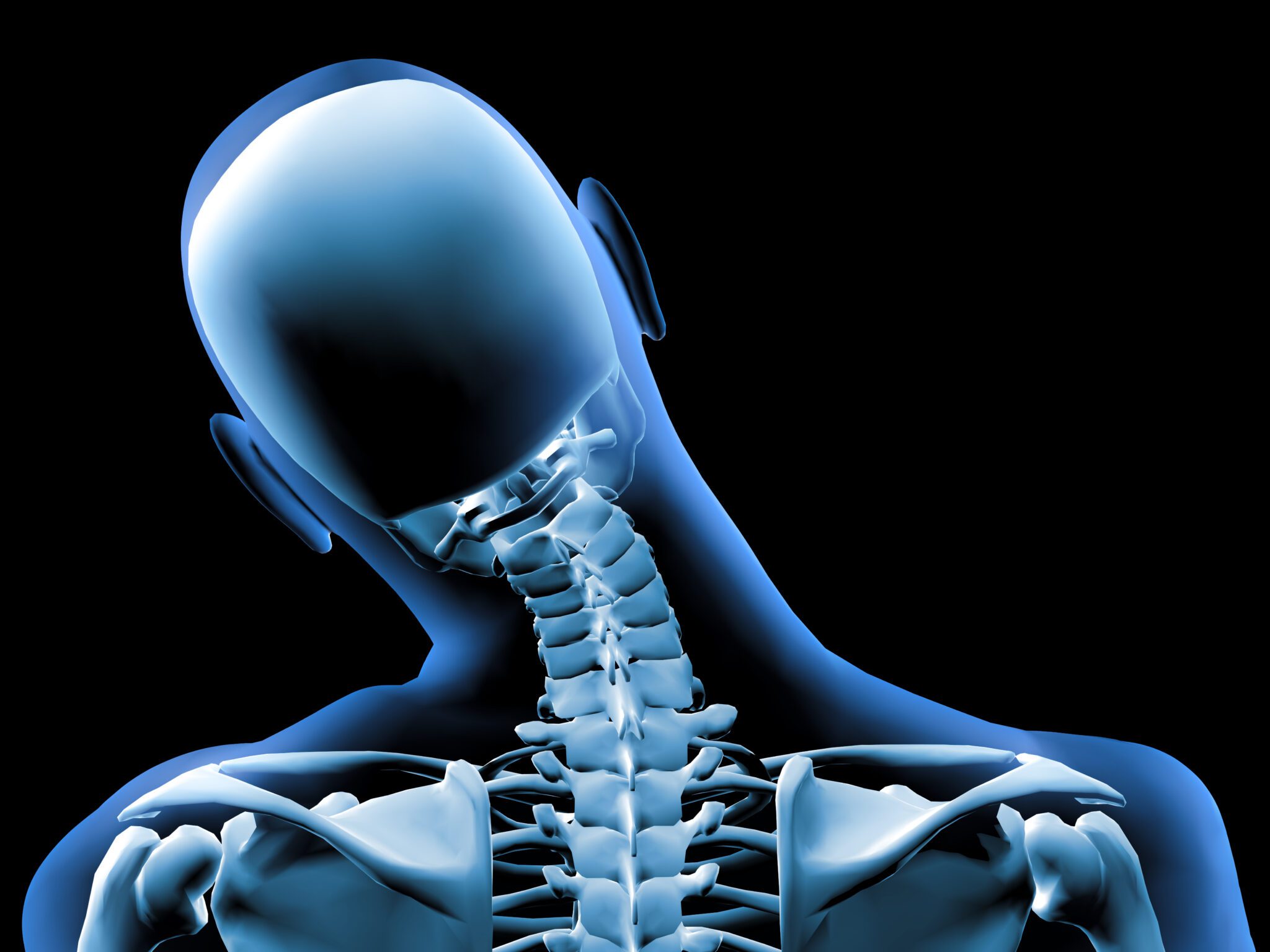
Cervical Disc Replacement Surgery

Cervical disc replacement is a procedure that involves removing a damaged or degenerated cervical disc and replacing it with an artificial disc.
The cervical discs act as cushions that are situated between the cervical vertebrae which surround the spinal cord. These discs play an integral role in the movement and agility of the neck.
Discs can become damaged for several reasons, causing cervical disc herniations and bone spurs to develop. As the discs become damaged over time, symptoms appear in the form of chronic neck pain, arm pain, and weakness in the arm or hand.
Cervical disc replacement surgery is intended to replace a damaged disc in the neck using an artificial disc implant, made of a combination of medical-grade materials, such as mixed metals, polyethylene, ceramics, and plasma coatings. Artificial discs are designed to fit into the original disc space to support movement, flexibility, and absorb any impact to the spine.
Signs You May Need Cervical Disc Replacement Surgery
Cervical discs typically show signs of wear and tear in patients starting around the 5th and 6th decades. They can collapse and bulge, causing severe pain. Loss of space between the cervical vertebrae from disc degeneration is common, but can be asymptomatic.
Many symptoms associated with neck pain can be combated and relieved with nonsurgical treatment options. Speak with your doctor first, but some options they may offer are:
- Over the counter or prescription pain medication
- Heat and ice treatment
- Rest or activity modifications
- Acupuncture and chiropractic treatments
- Steroid injections
- Physical therapy
Like with many medical conditions, intervention is key in preserving the health of the many structures that make up the spinal column. If you notice any prolonged neck pain or stiffness, contact your doctor right away.
Other signs you may need a cervical disc replacement:
- Neck pain and stiffness
- Headaches with associated neck pain
- Pain that travels down into the shoulders and arms
- Weakness of shoulders, arms, hands, or legs
- Numbness in the arms, commonly called “pins and needles”
What Happens During Disc Replacement Surgery
A surgeon will make about a two-inch incision on the side of the neck. The important structures of the neck are carefully moved to the side until the vertebrae and cervical discs are visible.
The surgeon will locate the damaged cervical disc and remove it. Once the damaged disc is removed, the space between the vertebrae is restored to its normal height, making room for the surgeon to insert the artificial disc into the empty space, using the x-ray guidance.
Once complete, the incision is carefully closed with a few stitches under the skin to minimize any scarring on the neck. Patients may be given a neck collar to wear for comfort.
Recovery from Disc Replacement Surgery
Most patients stay in the hospital for 1 night after the procedure. Pain medication will be prescribed and a neck collar may be worn for support for a few days. Because there was no bone grafting during surgery, recovery pain is relatively low and most patients return to restricted activities in a few days. Return to normal activities may take several weeks and will be directed by the surgeon based on recovery.
As for pain, artificial disc replacement surgery is not a one size fits all solution for chronic pain. Recipients of this procedure have reported a dramatic decrease in pain, but it isn’t a cure-all. Be sure to discuss pain expectations with your surgeon before electing to have the surgery.
Artificial spinal discs are a promising treatment option for those suffering from degenerative disc conditions and chronic pain. If you’re experiencing neck pain and alternative methods of treatment have not provided any relief, it may be time to explore cervical disc replacement surgery as an option.
Watch our Cervical Disc Replacement webinar here: